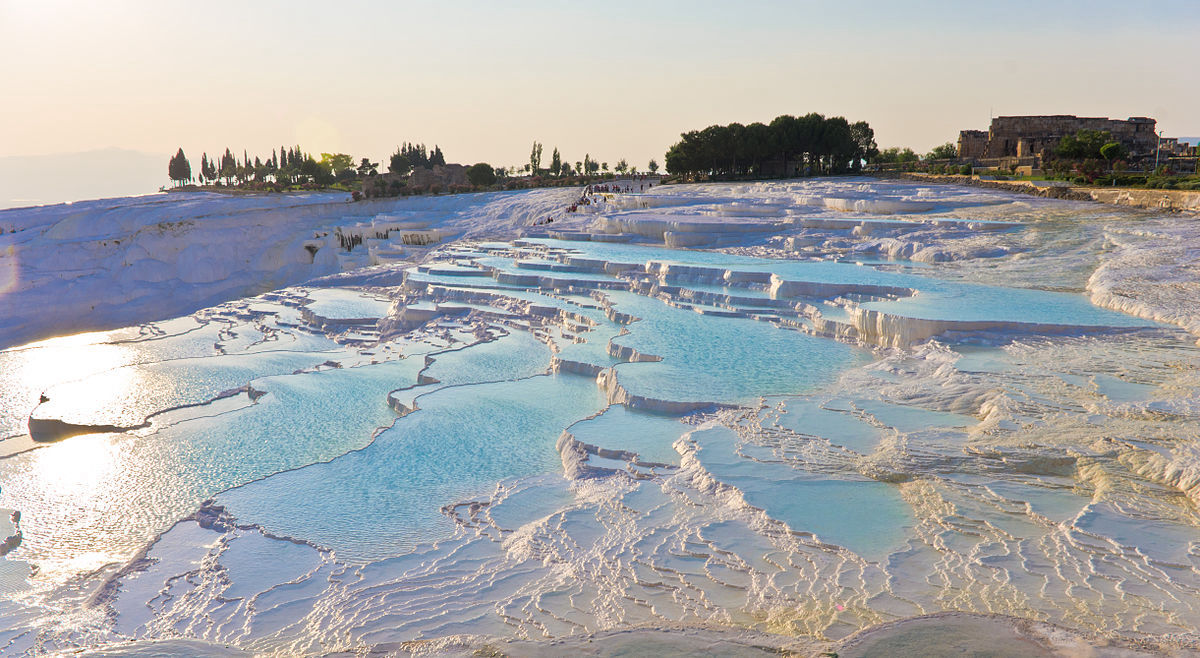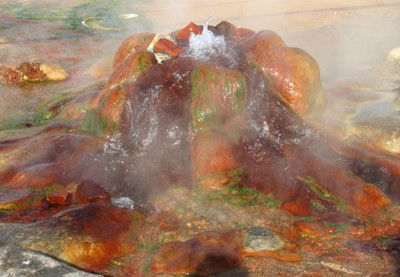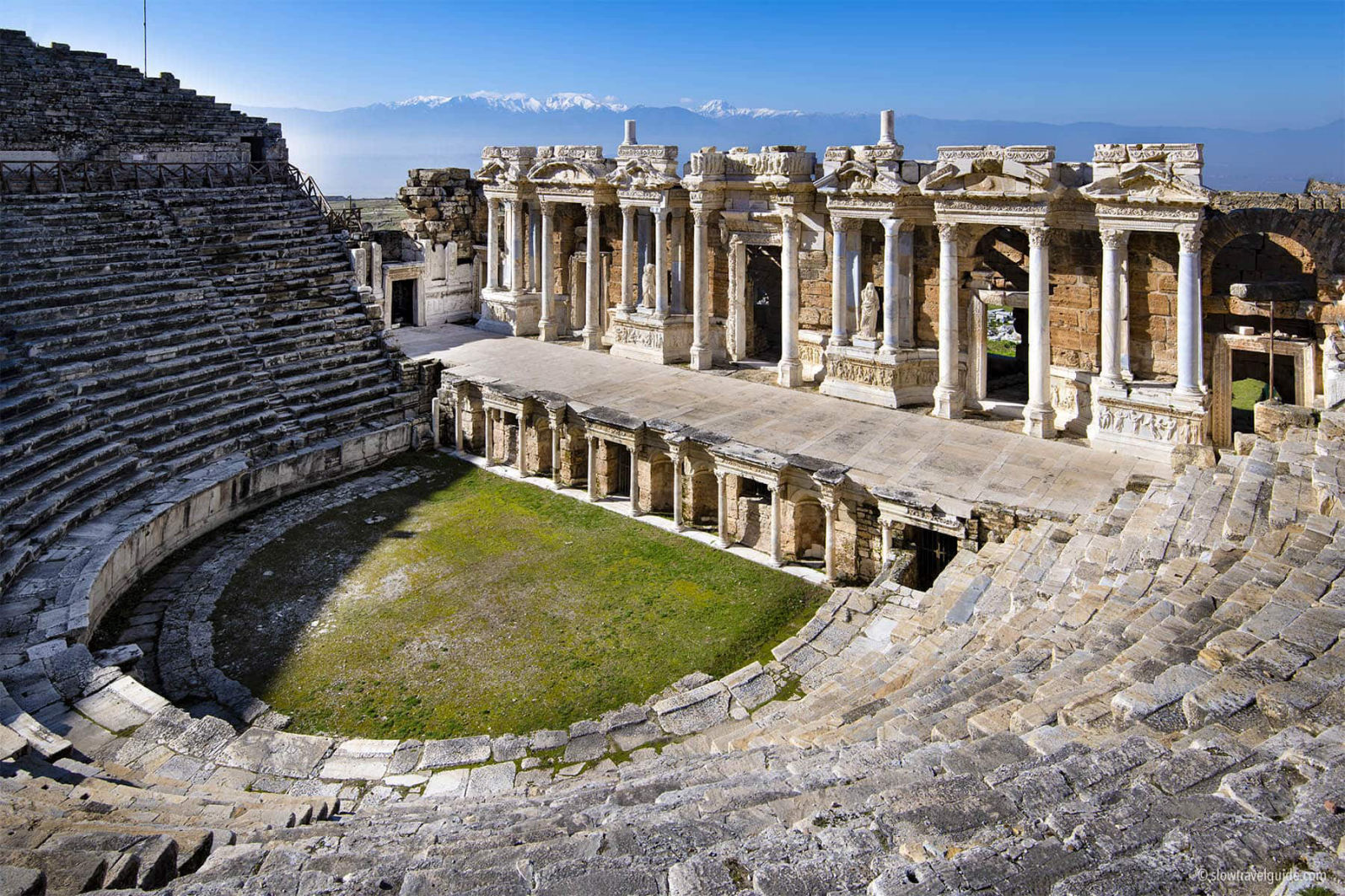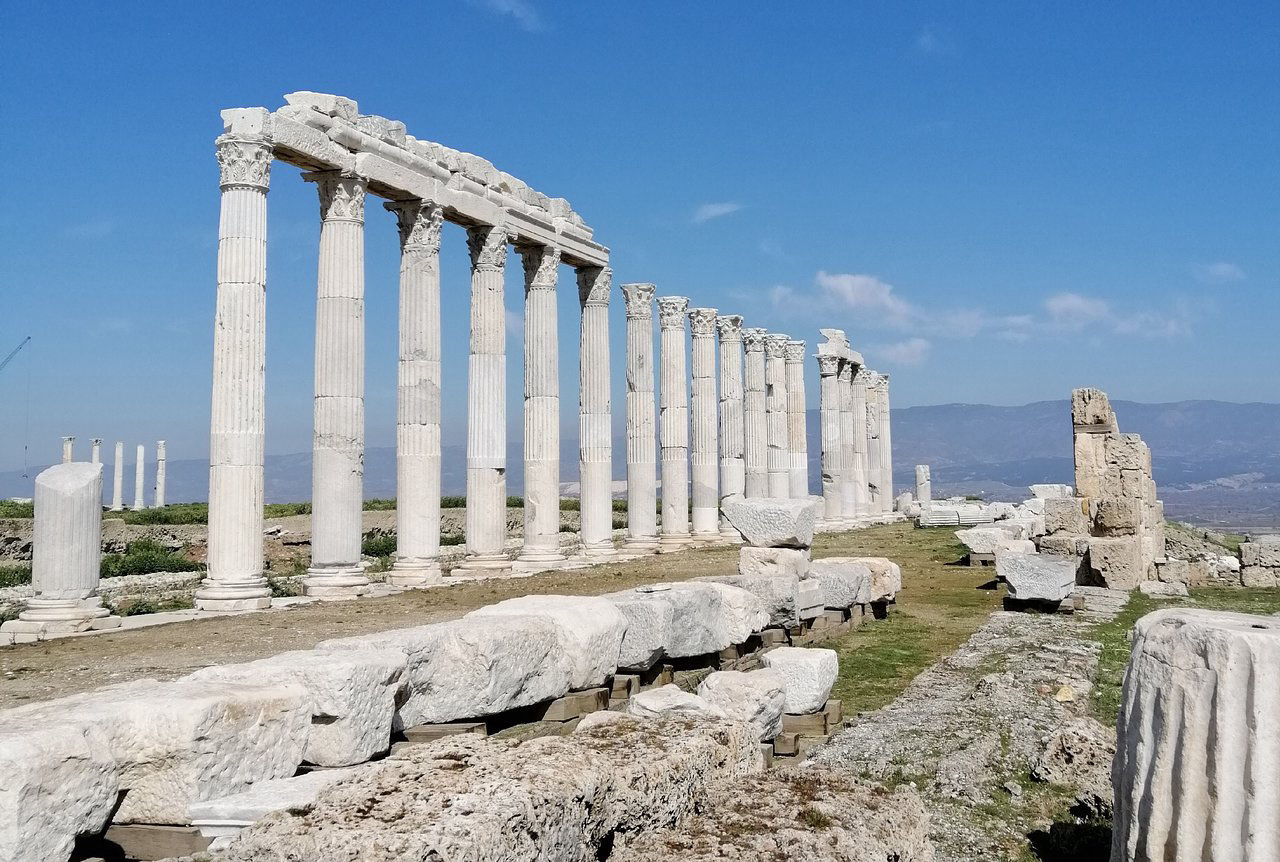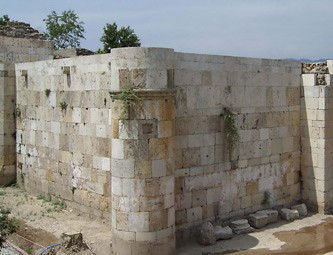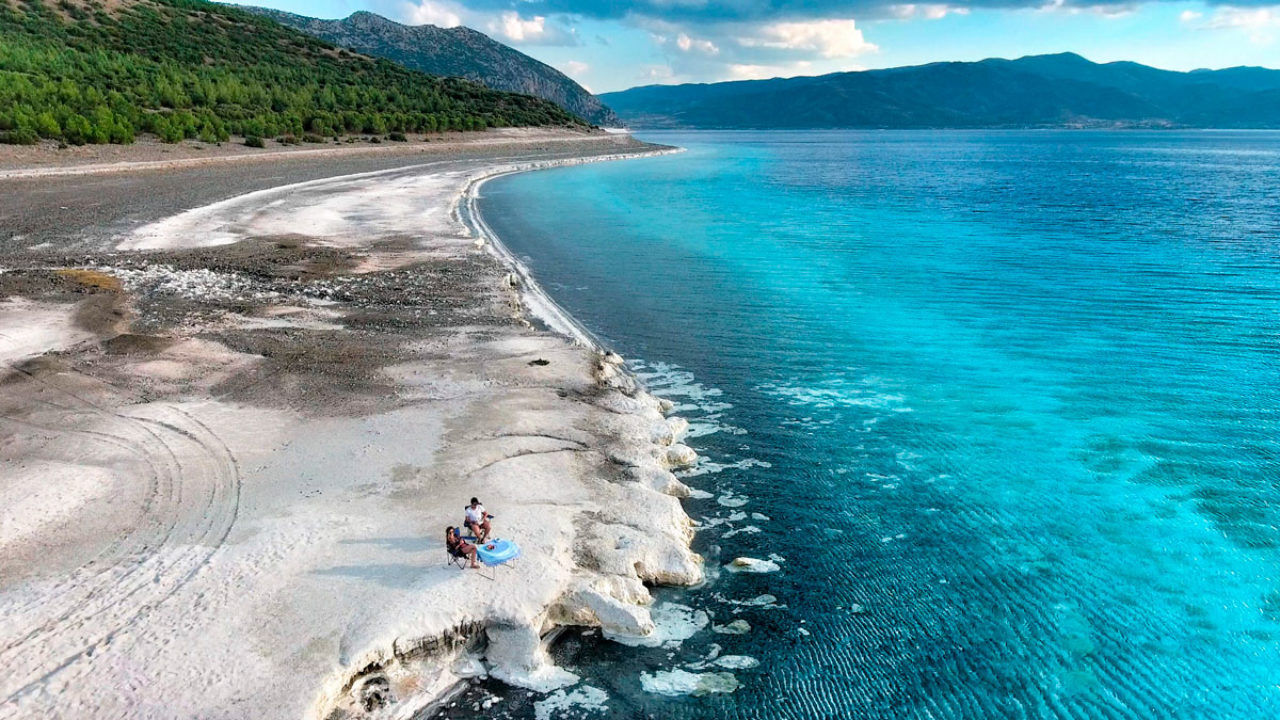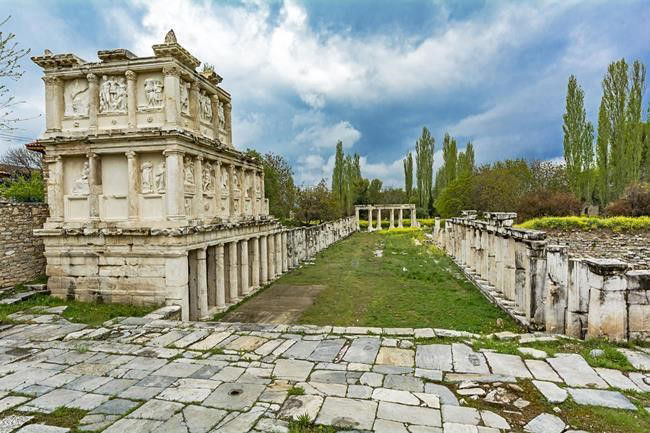LAKE SALDA
Lake Salda is a mid-size crater lake in southwestern Turkey, within the boundaries of Yeşilova district of Burdur Province. It lies at a distance of about fifty kilometers to the west from the province seat Burdur.
Lake Salda is often included in the Turkish Lakes Region that extends across inner western to southern Anatolia, especially Isparta Province and Afyonkarahisar Province, although Lake Salda is geographically separate from the larger lakes, which are more to the west and, being a crater lake, is morphologically different from these tectonic lakes.
The lake area covers 4,370 hectares, and its depth reaches 196 meters, making it one of the deeper lakes in Turkey, if not the deepest. The lake sedimentary records show high resolution climate changes that are related to solar variability during the last millennium.[2]
The lake is a popular excursion spot for people across the region or from beyond, the more so due to the hydromagnesite mineral found in its coastal waters, which is believed to offer remedies for certain dermatological diseases. The shorelines, surrounded by black pine forests, are also popular among hunters, the game and the fowl available including quails, hares, foxes, boars and wild ducks, aside from the lake's fish. White sandy beaches, limpid water and seven crystal-white islets within the lake complete the scenery.
A township that starts almost at the shore to the southwest of the lake carries the same name, Salda. The local administrative seat of Yeşilova is located to the east of the lake at a distance of about four kilometers and Yeşilova municipality manages the lake's camping facilities.
Its peculiar morphology has led to a number of academic studies conducted on Lake Salda. The unusual alkaline nature of the lake means that is one of the few locations where ancient stromatolite algae still grows.[3] The environmental authority wants to protect Lake Salda with a huge national park project. The Salda Lake National Park is in construction and should be finished in 2023.
